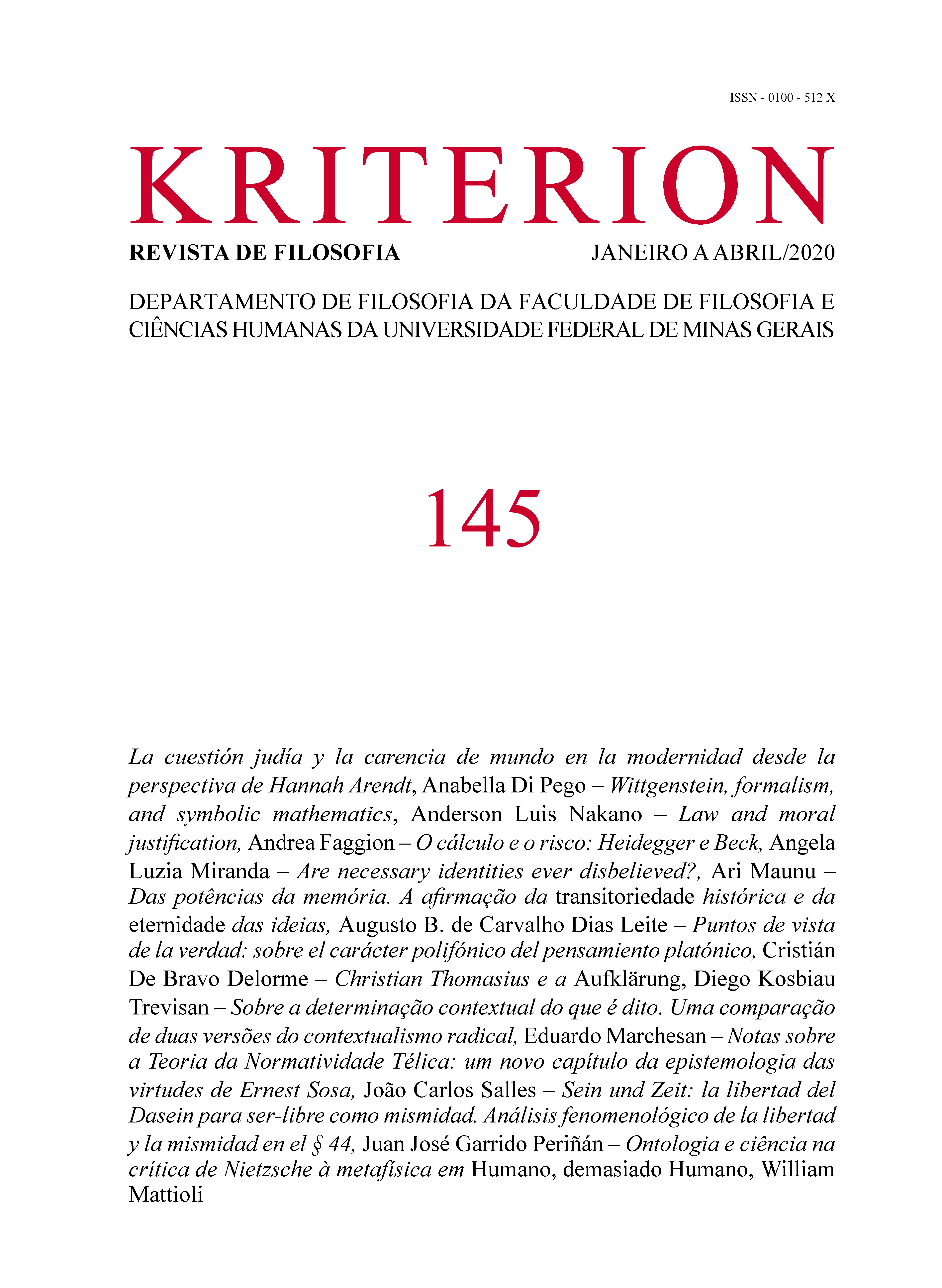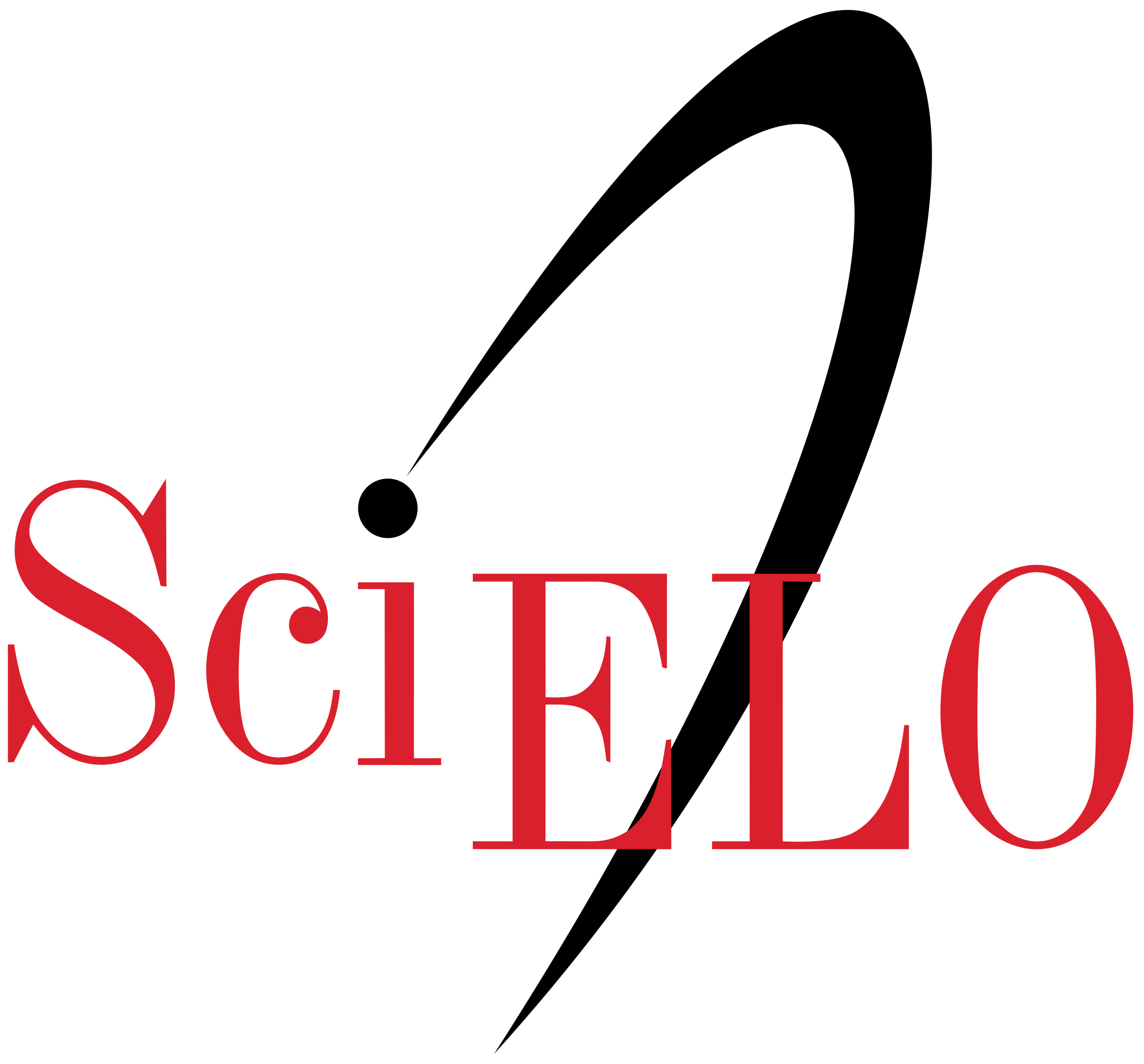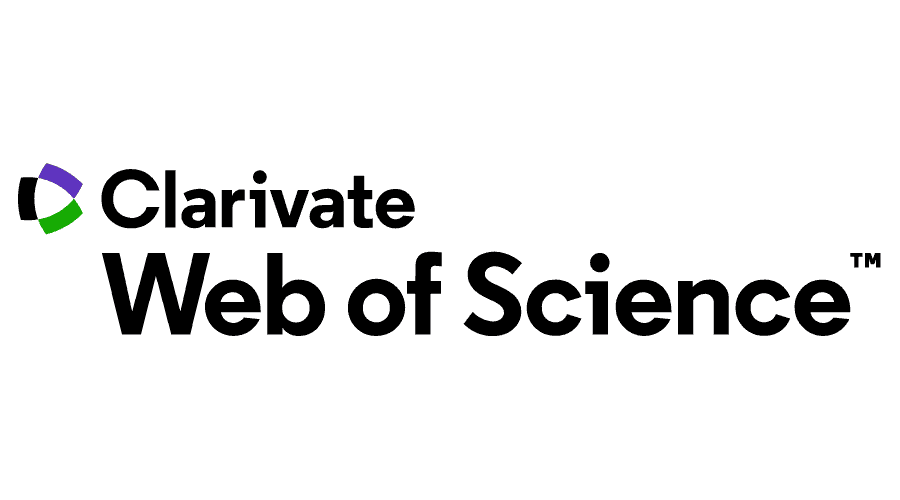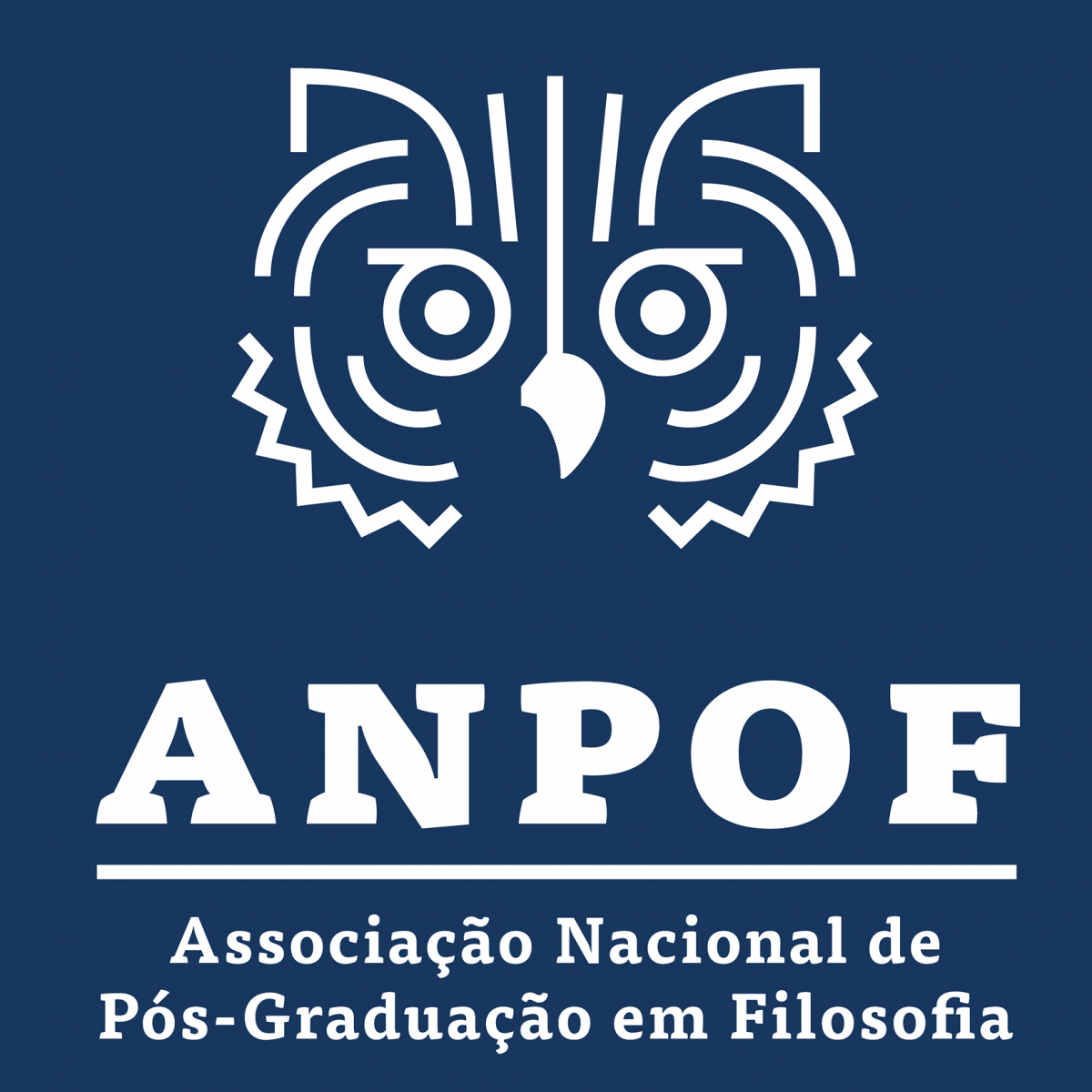SEIN UND ZEIT: LA LIBERTAD DEL DASEIN PARA SER-LIBRE COMO MISMIDAD: ANÁLISIS FENOMENOLÓGICO DE LA LIBERTAD Y LA MISMIDAD EN EL § 44
Keywords:
Mismidad, Libertad, Verdad de la Existencia, DaseinAbstract
In order to understand the Selfhood of Dasein as an eminent and ontological phenomenon of Freedom, this research seeks to thematise this Selfhood within the intrinsic limits of § 44 of the book ‘Being and Time’ in full connection with the existential truth of existence. Such Freedom will have to show that the nexus Dasein-truth can only be carried out in the wake of a development of the Selfhood of the Dasein, a Selfhood understood as a phenomenon related to “set-free” and “being-free”. Ultimately, this will be the objective of this research paper.
Downloads
References
FIGAL, G. “Martin Heidegger. Phänomenologie der Freiheit”. Frankfurt a. M.: Anton Hain, 1991.
Gadamer, H.G. “Wahrheit und Methode”. En: Gesammelte Werke, Band 2, Tübingen: Mohr Siebeck 1993.
GARCÍA-NORRO, J.J. “El cuidado como el ser del Dasein”. En: Ser y Tiempo de Martin Heidegger. Un comentario fenomenológico. Ed. R. Rodríguez. Madrid: Tecnos, 2015:167-198.
GARRIDO-PERIÑÁN, J.J. “La pregunta por el quién del ser-con: Heidegger en su Ser y Tiempo”. Revista Anales del Seminario de Historia de la Filosofía, Vol. 39, Nr. 1, pp. 175-200, 2019a.
_____. “La aportación no-apofántica de la disposición afectiva y la mismidad del Dasein: análisis fenomenológico a partir del momento estructural ser-en”. Pensamiento: Revista de Investigación e Información Filosófica, Vol. 75 (285), 887-911, 2019b.
_____. “En busca del sí-mismo perdido del Dasein: un diálogo entre Kafka y Heidegger en torno a la cuestión de la culpabilidad y la mismidad”. Endoxa: Series Filosóficas, Vol. 40, Nr. 2, pp. 159-182, 2017.
_____. “Aperturidad e iluminación: el Dasein como ente iluminado. Aportaciones a Sein und Zeit de Martin Heidegger bajo el horizonte del claro el ser”. Eikasia: Revista Interncional de Filosofía, Vol. 56, Nr. 2, pp. 203-216, 2016.
_____. “Ser y Lichtung: Heidegger ante el claro del ser. Desafíos fenomenológicos en torno al claro del ser”. Madrid: Visión-Libros, 2015.
GUIGNON, Ch. “Heidegger’s concept of freedom 1927-1930”. En: Interpreting Heidegger: Critical Essays. Ed. D. Dahlstrom. Cambridge/New York: Cambridge University Press, 2011, pp. 79-105.
HEIDEGGER, M. “Einführung in die phänomenologische, Forschung”. En: II. Abteilung, Band 17, Frankfurt a. M.: Vittorio Klostermann, 2006.
_____. “Sein und Zeit”. Tübingen: Max Niemeyer, 2002.
_____. “Phänomenologie des Religiösen Lebens”. En: II. Abteilung, Band 60, Frankfurt a. M.: Vittorio Klostermann, 1995.
_____. “Platon: Sophistes”. En: II. Abteilung, Band 19, Frankfurt a. M.: Vittorio Klostermann, 1992.
_____. “Ontologie (Hermeneutik der Factizität)”. En:II Abteilung, Band 63, Frankfurt a. M.: Vittorio Klostermann, 1988.
_____. “Wegmarken”.En: I. Abteilung, Band 9, Frankfurt a. M.: Vittorio Klostermann, 1976.
_____. “Der Grundprobleme der Phänomenologie”. En: II Abteilung, Band 24, Frankfurt a. M.: Vittorio Klostermann, 1975.
LEVINAS, E. “Totalidad e infinito. Ensayo sobre la exterioridad”. Traducción al español de Antonio Pitor Ramos. Salamanca: Sígueme, 1999.
REIS, R. “El concepto existencial de ciencia”. En: Guía Comares de Heidegger. Ed. R. Rodríguez. Granada: Editorial Comares, 2018, pp. 121-142.
SCHMIDT, S.W.: Grund und Freiheit. Eine phänomenologische Untersuchung des Freiheitsbegriffs Heideggers, Dordrecht, Springer, 2015.
THEUNISSEN, M. “Der Anderen Studien zur Sozialontologie der Gegenwart”. Berlin/New York: De Gruyter, 1977.
VIGO, A. “Libertad como causa. Heidegger, Kant y el problema metafísico de la libertad”. Anuario Filosófico, Vol.XLIII, Nr. 1, 2010, pp. 61-181.
_____. “Verdad, libertad y trascendencia en Heidegger: la radicalización de un motivo central en Sein und Zeit en los escritos de los años 1929-1930”. Arqueología y Aleteiología. Estudios heideggerianos. Berlin: Logos Verlag Berlin, pp. 159-205, 2014a.
_____. “Afectividad, comprensión y lenguaje. Heidegger y la reconstrucción aleteiológica del discurso no apofántico”. En: Arqueología y Aleteiología. Estudios heideggerianos. Berlin: Logos Verlag Berlin, 2014b, pp. 437-466.
_____. “El posible ser total del Dasein y el ser para (vuelto a) la muerte (§§ 45-53)”. En: Ser y Tiempo de Martin Heidegger. Un comentario fenomenológico. Ed. R. Rodríguez. Madrid: Tecnos, 2016, pp. 219-268.










